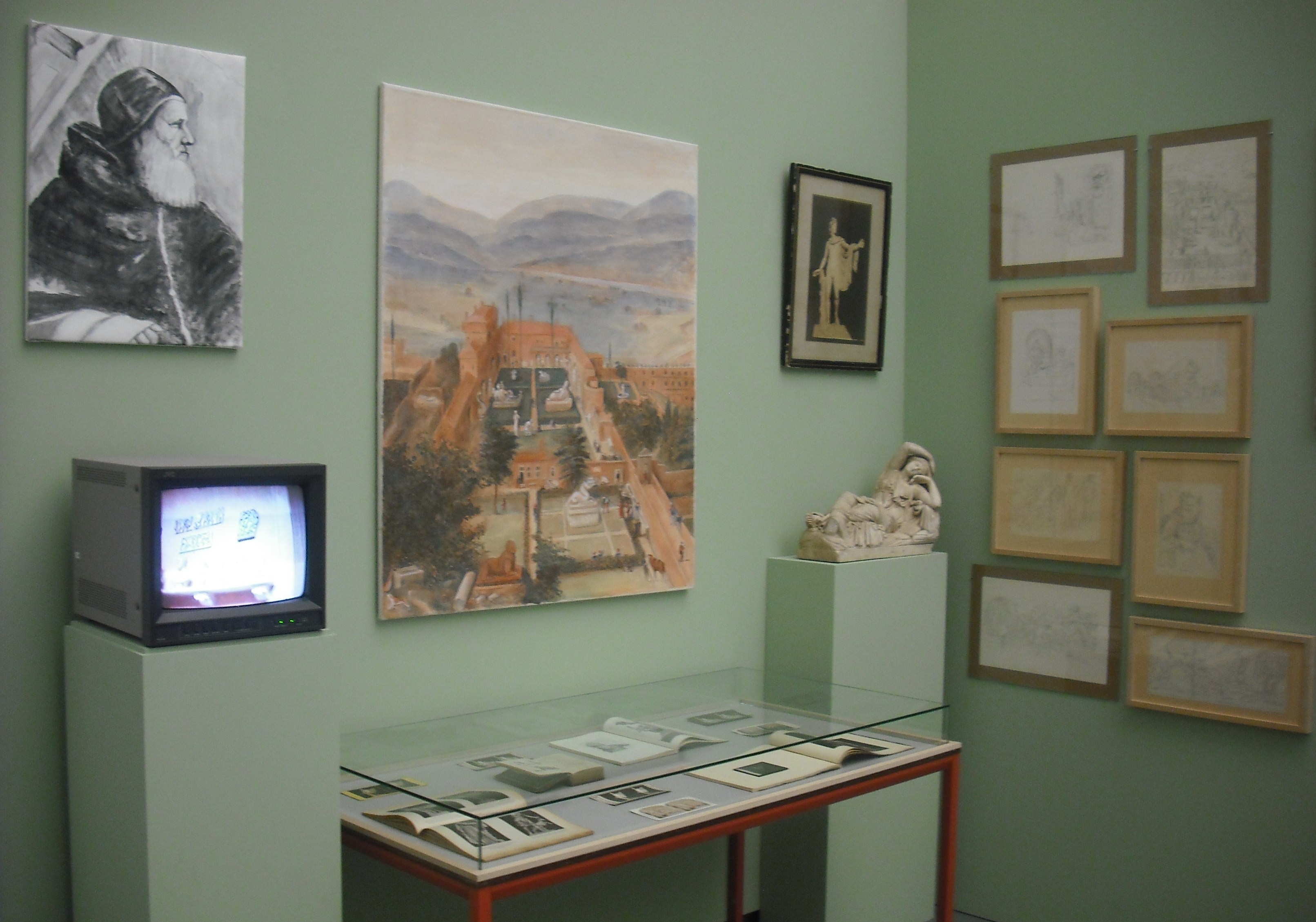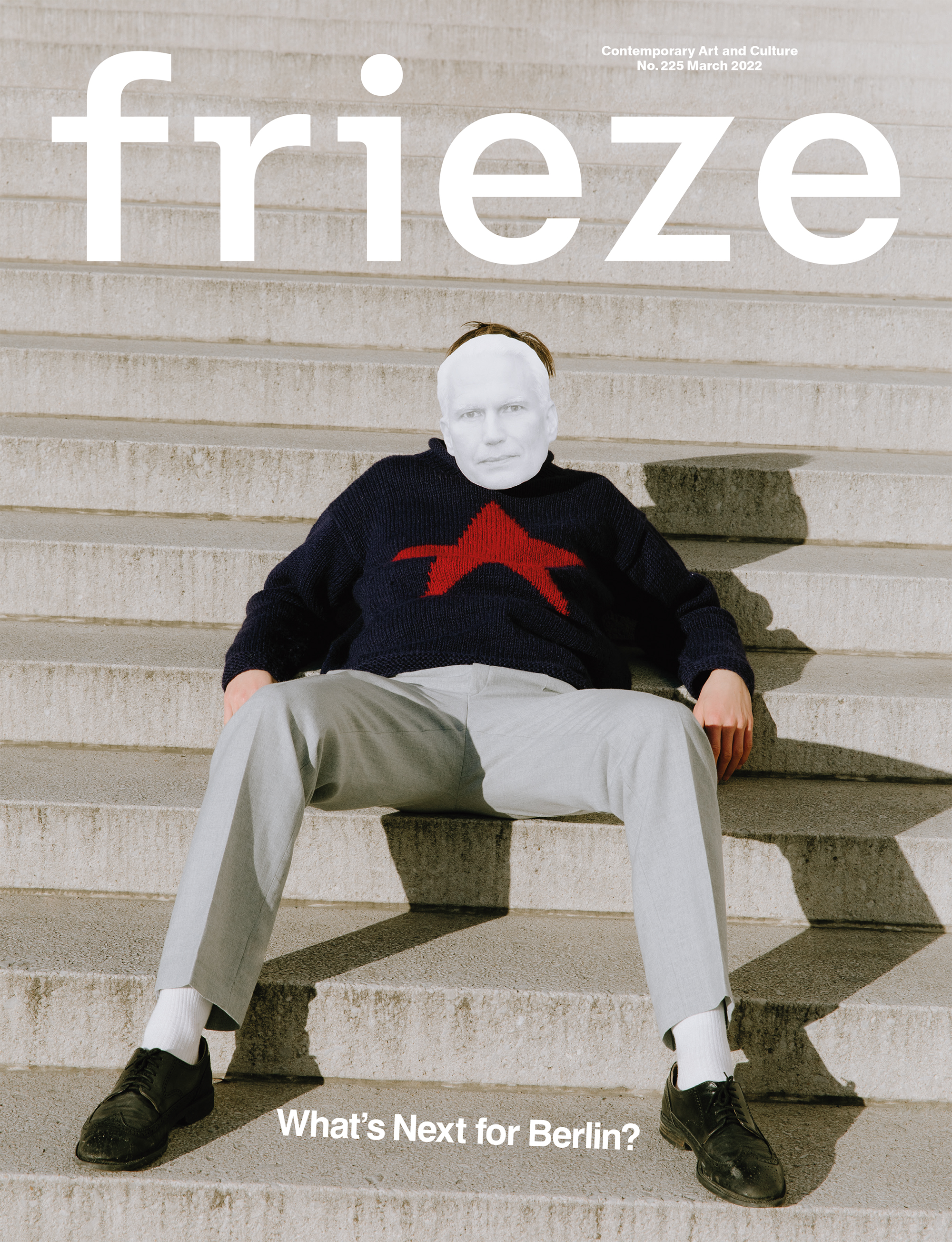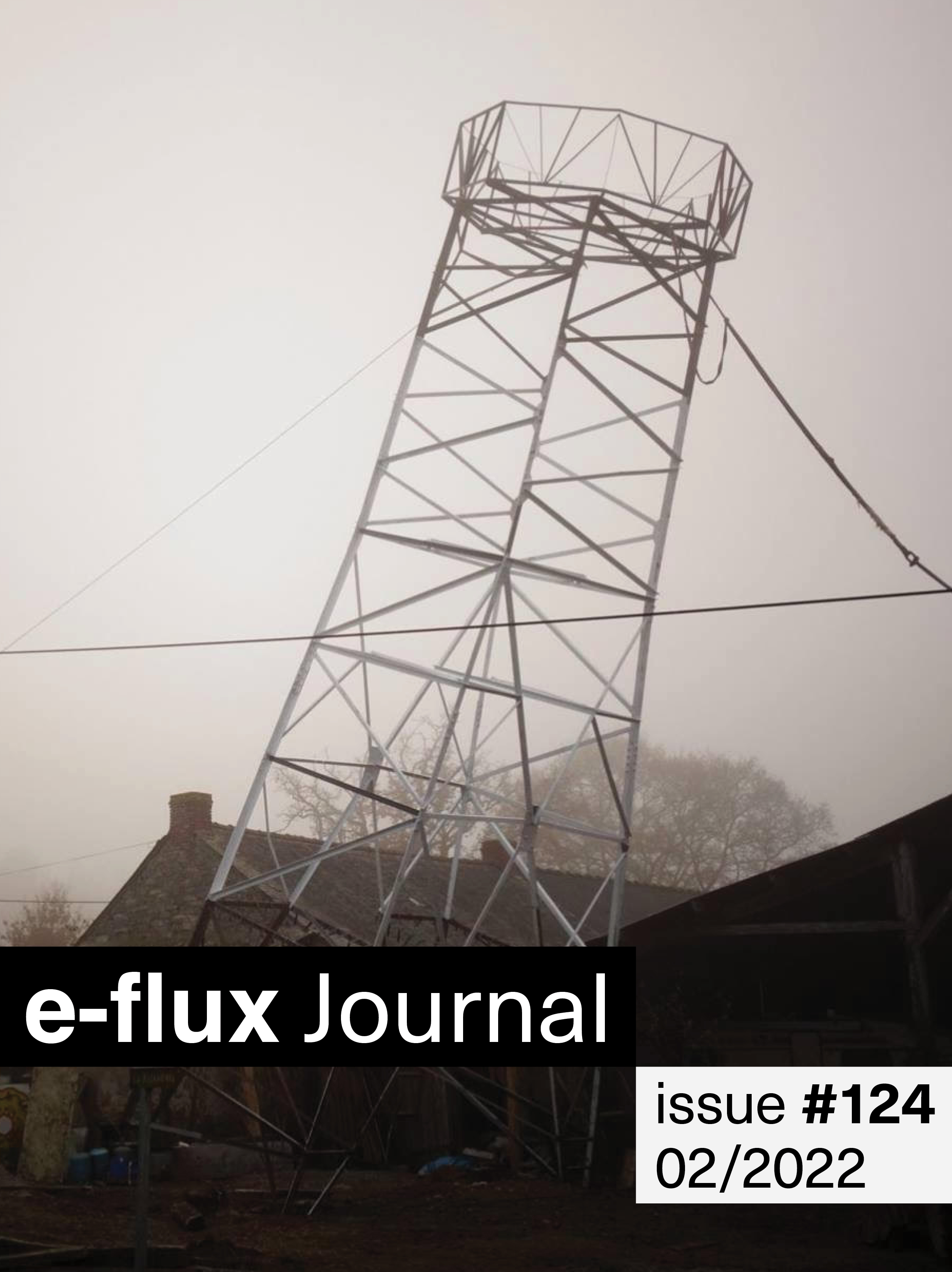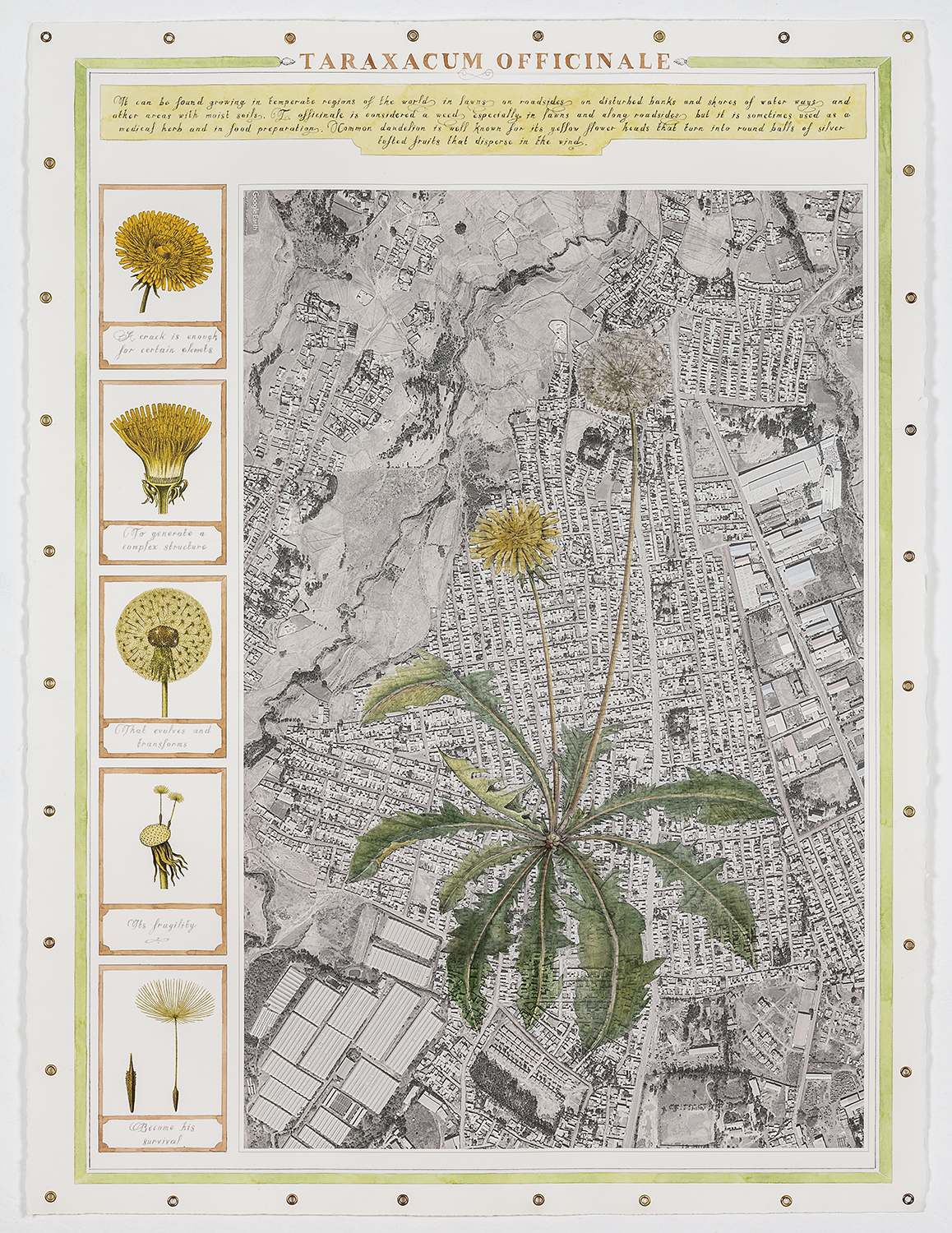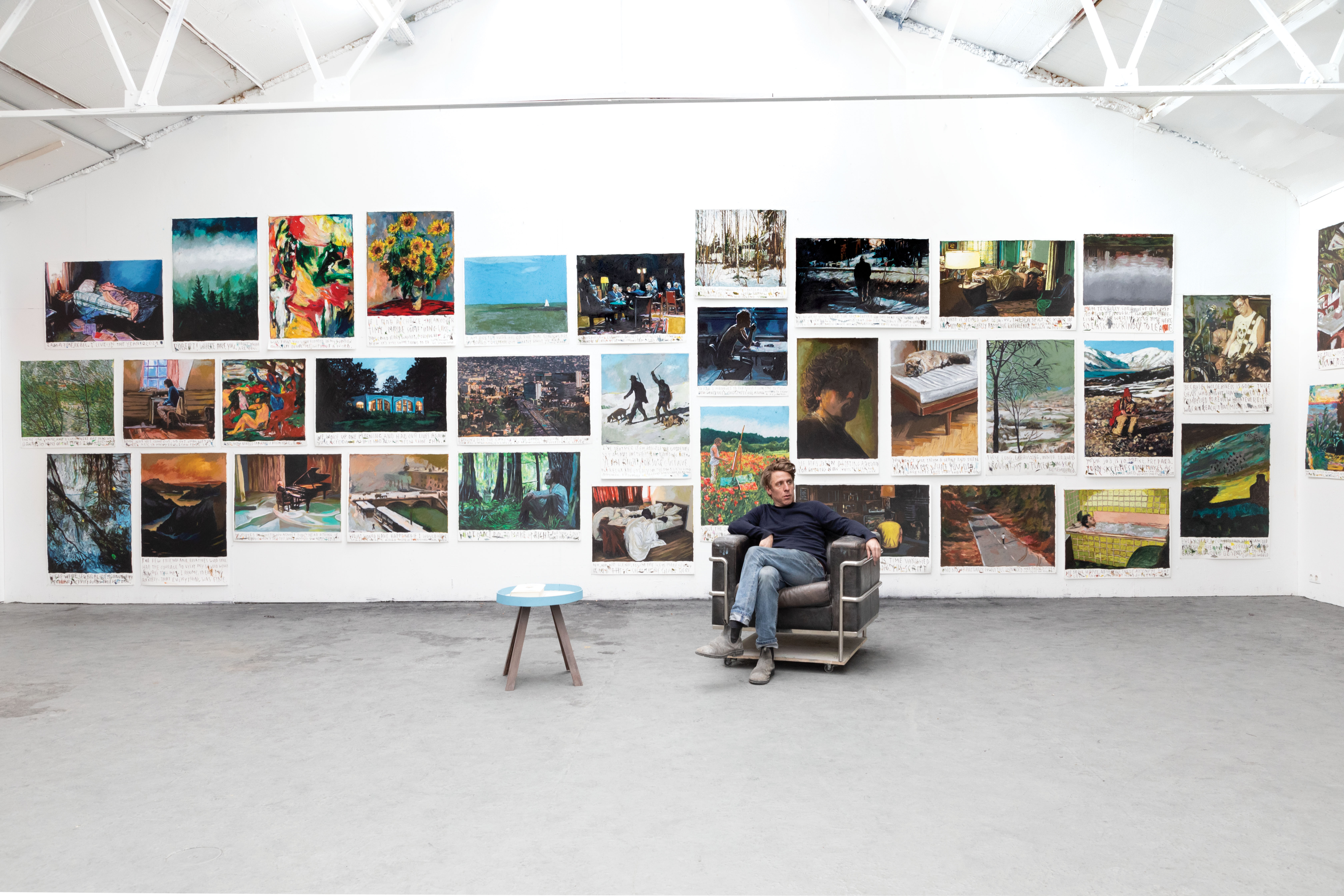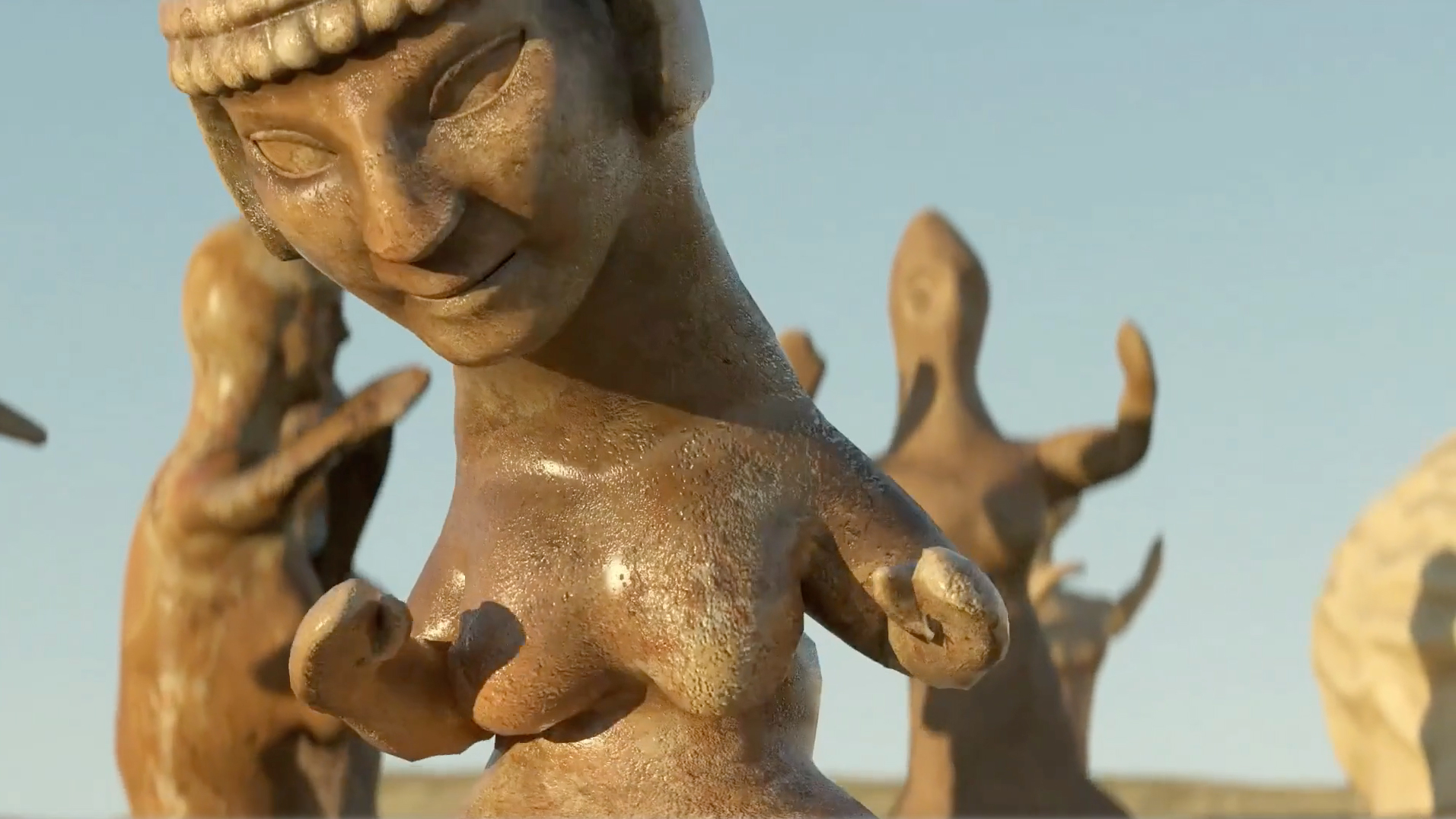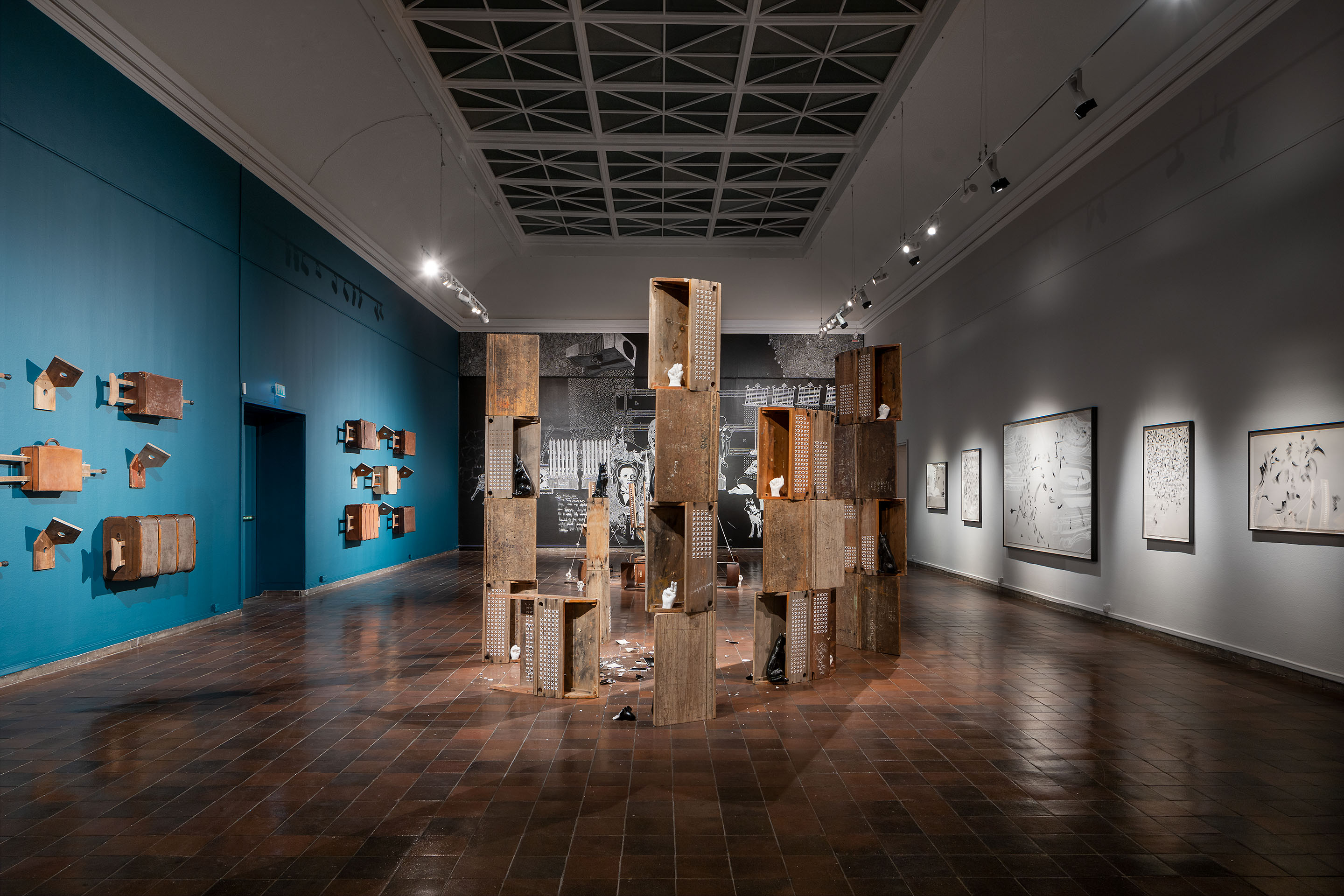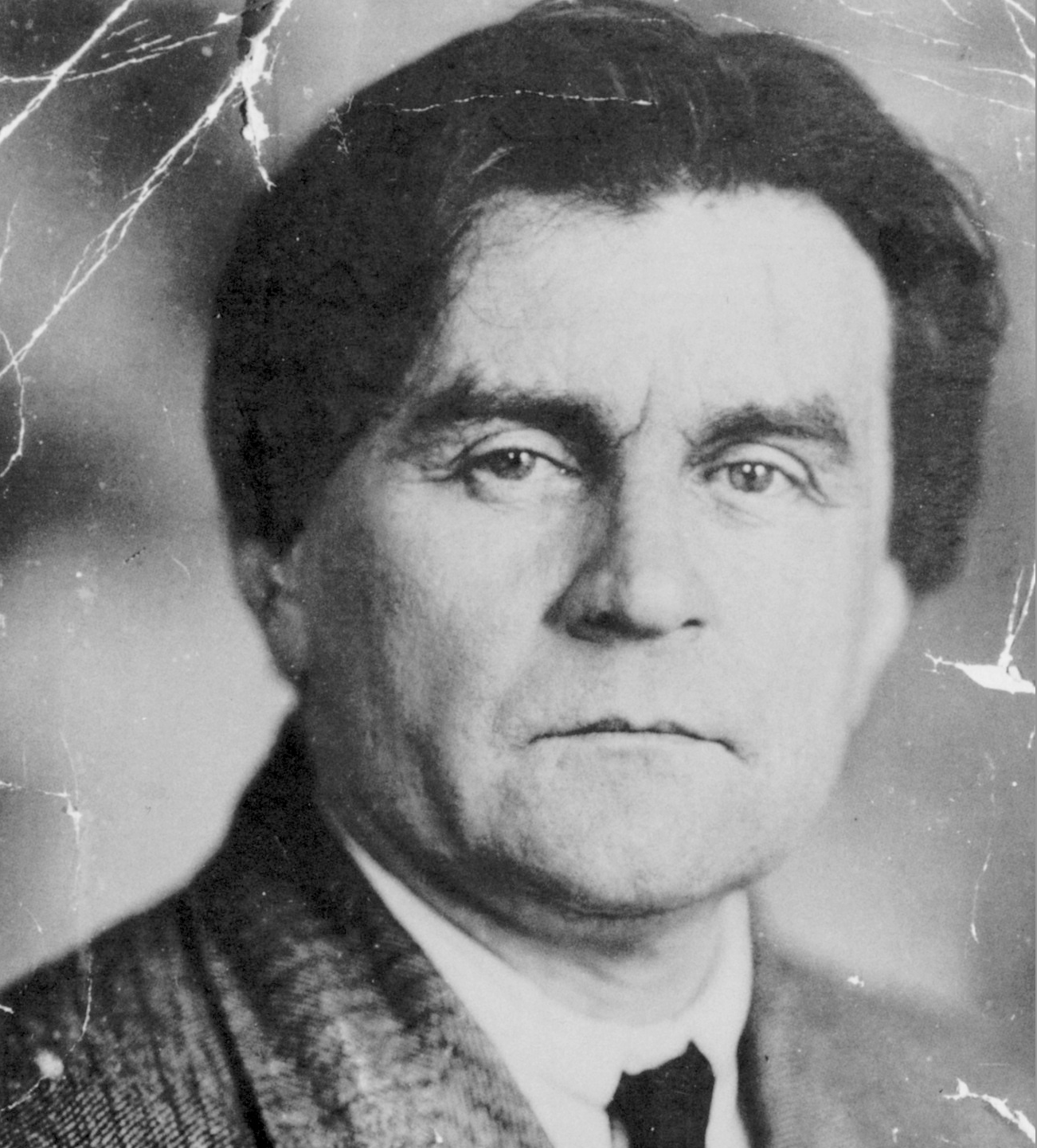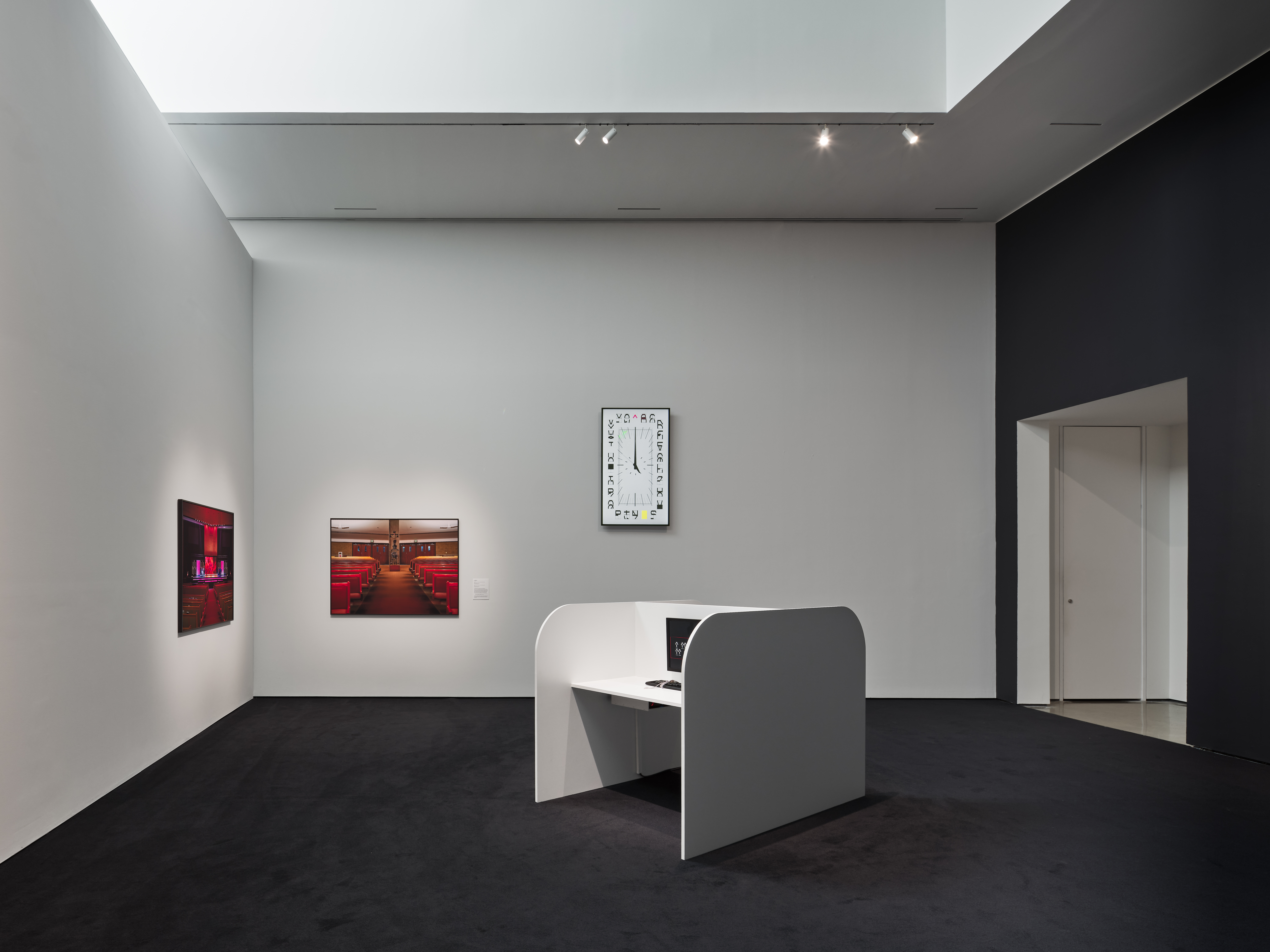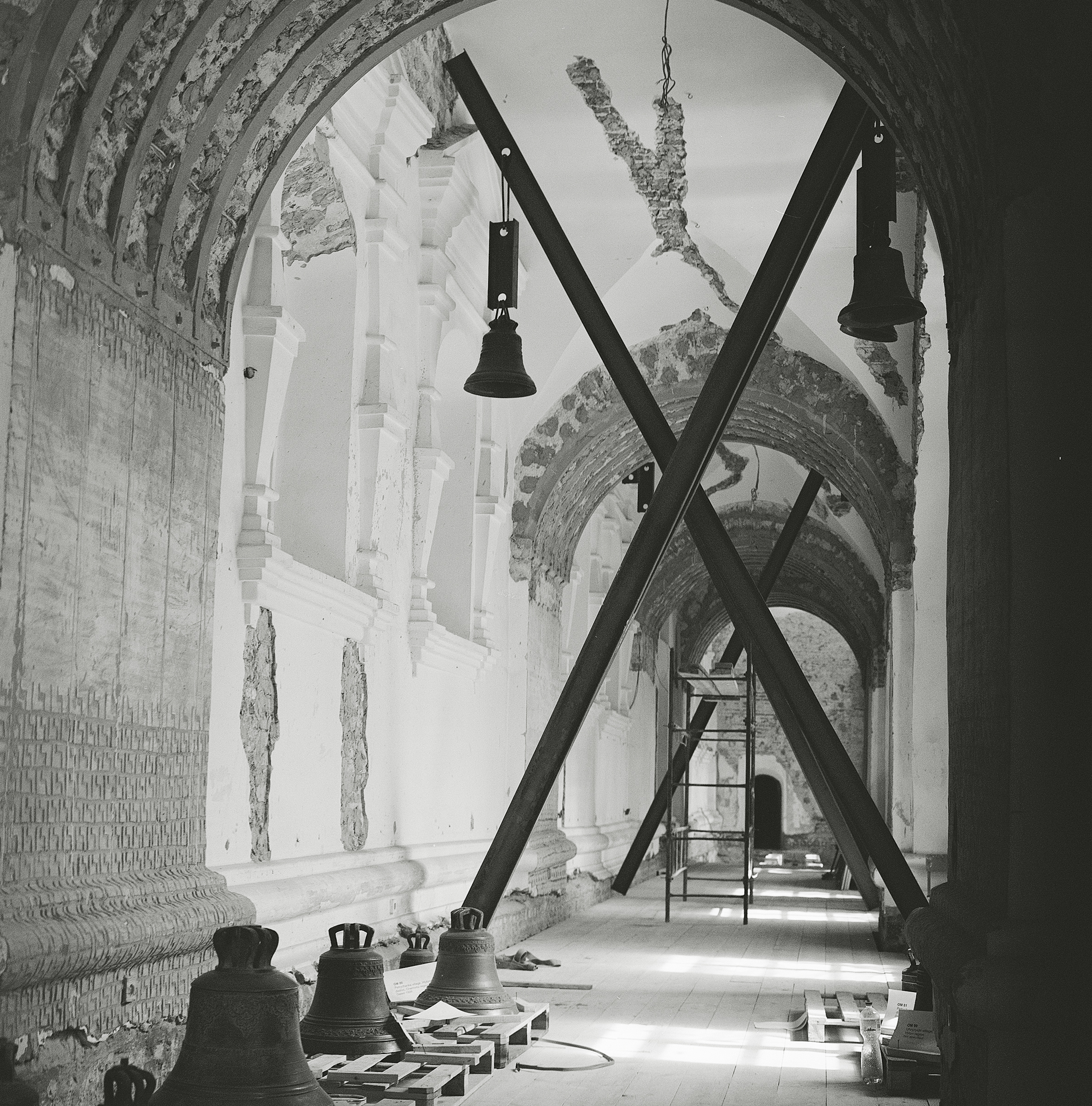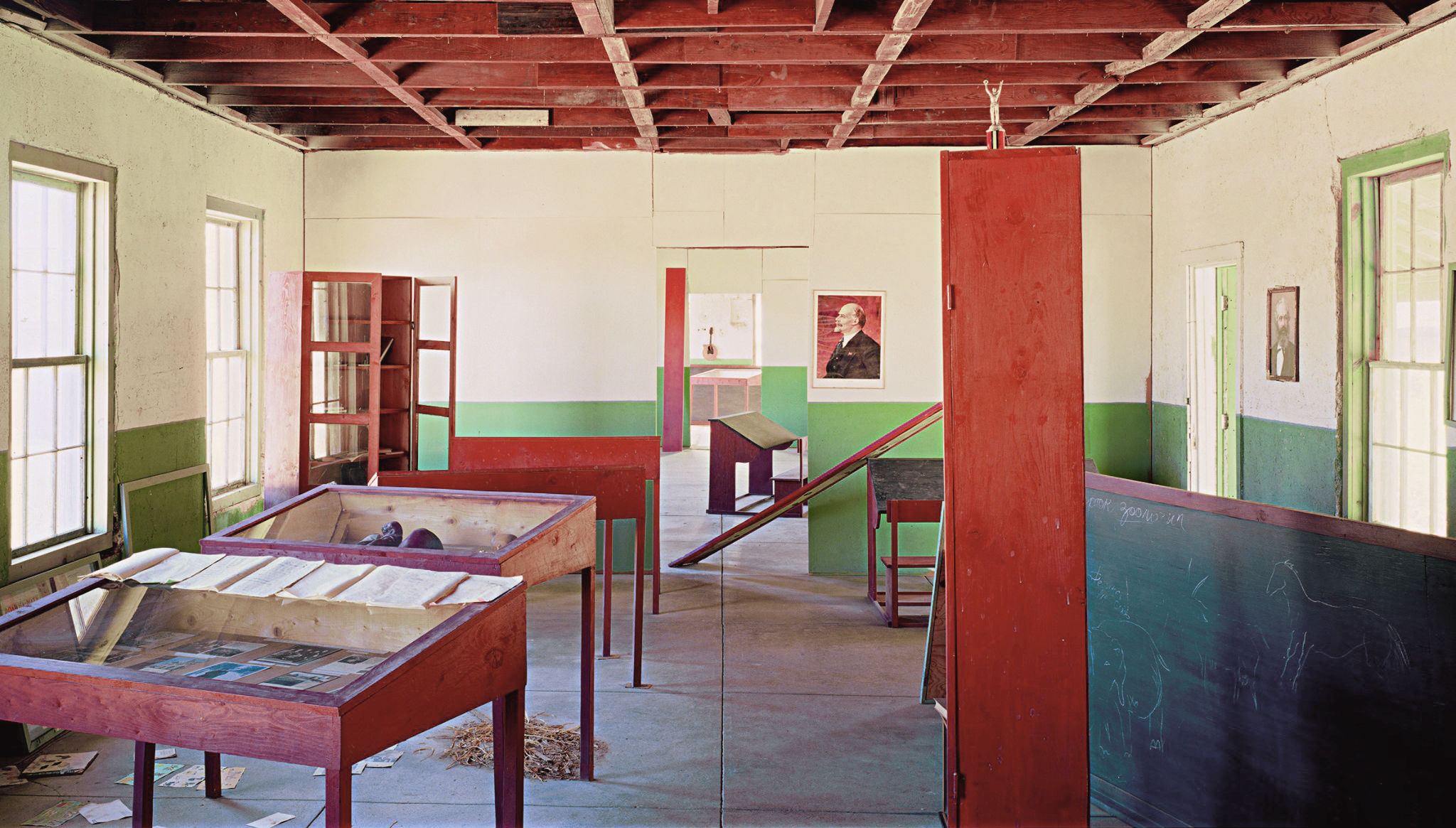November 19, 2014, 12am
It is likely that the next paradigm will be meta in relation to the present. It will have many characteristics of the pre-modern world, something like modernity seen through medieval glasses.
—Walter Benjamin, Recent Writings (2014)
The Unmaking of Art is an exhibition based on Walter Benjamin’s lecture of the same name, first held in 2011 at the Times Museum in Guangzhou (China) and since then at several other places around the world.
The exhibition begins with The Making of Art History, a diagram-like display showing how a secular narrative called “history”emerged out of the Christian universe some five hundred years ago, continuing to unfold toward the past and toward the future simultaneously, ending with “Modernism” and “Prehistory”as the last contemporary chapters. Since it seems there is no any new chapter to be added before Prehistory, might indicate that there will be no chapter added after Modernism. This could lead to the conclusion that history as a story has exhausted all of its potential and is becoming obsolete.
From The Autobiography of Alice B. Toklas is the title of the next exhibit. It is a collection of the Salon de Fleurus that was open to the public from 1992 until 2014. It remembers the beginnings of twentieth century modernism through sepia copies of paintings from one of the earliest collections of modern art, assembled by Leo and Gertrude Stein and exhibited in their legendary Paris salon. It was in this place that paintings by Cezanne, Matisse, and Picasso were exhibited together for the first time. Some thirty years later, when MoMA finally established its narrative based on international movements, it would begin with these three artists.
In the Exposition Universelle room are artifacts related to the emergence of the international art scene, primarily through the world fairs that began to mushroom as of the mid-nineteenth century. It was the 1855 Exposition Universelle in Paris that first organized an international exhibition of contemporary art. The exhibition was organized by national pavilions, with the idea to display the characteristics of each national school within each structure. This became a model for many international exhibitions that came after, like the Venice Biennale.
The theme of the exhibit La Révolution françaiseis the invention of the art museum as materialized art history. All museum-like places prior to the revolution were either collections of statues from antiquity or painting galleries. It was in the Louvre that statues of Rome, Greece, and Egypt were exhibited together with the nationalized royal collection of paintings. In addition, many of the artifacts related to medieval France, removed from the churches and public places during the Revolution and saved in the Musée des Monuments, were included in the Louvre collection, filling the gap between Antiquity (statues) and Modernity (paintings) with the chapter named the Middle Ages. Thus the Louvre museum that opened to the public after the Revolution emerged as the first museum where the entire past was remembered through this particular narrative called (art) history and became visible in one place. It was through History that the past of Europe was colonized first, and then gradually it was imposed on the entire world.
The Académie Royale de Peinture et de Sculpture room remembers the establishment of the Academy of Paintings and Sculptures at the time of Louis XIV, particularly the invention of the exposition(salon) and on the 1648 decree of the state council that declared painting and sculpture to be liberal arts (arts liberaux). It is this decree that marks the beginning of understanding of art not primarily as craftsmanship but as an intellectual activity, thus establishing the foundation for art as we know it today. Without this decree it would be hardly possible to imagine the emergence of artists like Malevich, Mondrian, or Duchamp some two and a half centuries later.
The exhibit Le Vite de’ più eccellenti pittori, scultori is dedicated to the famous 1550 book by Giorgio Vasari which is considered to be the first history of art. The book, arranged chronologically, consists of the collection of life stories of unique characters: painters, sculptors, and architects. In addition to being the first history of art, this book introduces the artist as a distinct and gifted individual capable of producing an exceptional work called“work of art.”Vasari is also credited for inventing the notion of the gallery (galleria) and giving a name to the Renaissance (Rinacimento).
Finally, the Belvedere Romanum room shows tartifacts from the most important collection of statues from the ancient past assembled by Pope Julius II in the Vatican garden. The sight of the collection of broken statues from the distant past, placed in the idyllic garden named “Belvedere Romanum,” marks the birth of “Antiquity.” Also, as a novelty, this being the time of a new vision of the world that was not Christian, it marks the birth of “Modernity” as well. In today’s terms, we could consider these statues to be the first readymades and, in fact, the first objects of art, while the Belvedere Romanum could be the first museum of art, and in that brief period even the first museum of modern art.
Lenders to the exhibition:
Belvedere Romanum
Le Vite de’ più eccellenti pittori, scultori
—Collections of the Museum of Antiquity, Rome
Académie Royale de Peinture et de Sculpture
La Révolution française
Exposition Universelle
—Collections of the Museum of Modernity, Paris
From the Autobiography of Alice B. Toklas
—Collection of the Salon de Fleurus, New York
The Making of Art History
—Private collection
For further information please contact magdalena@e-flux.com.
